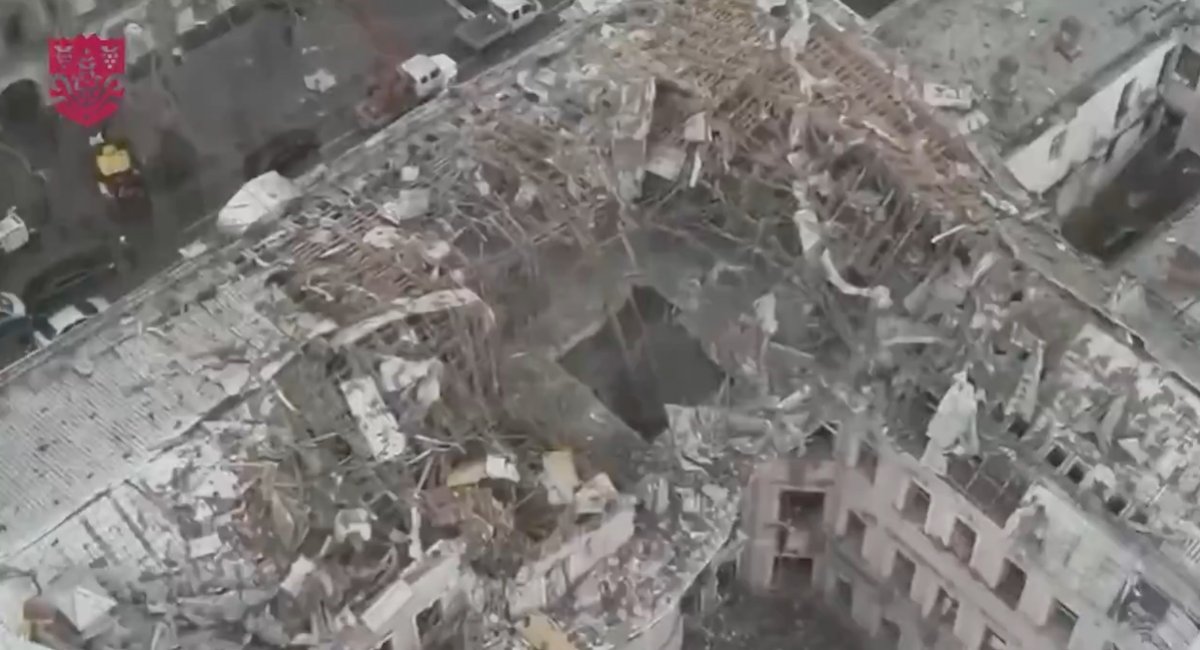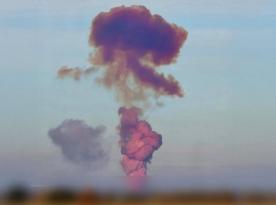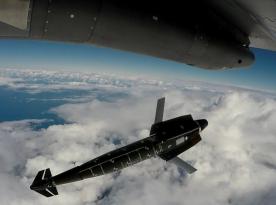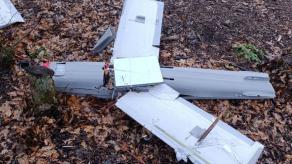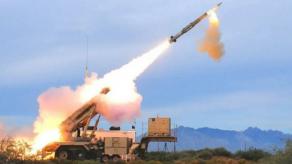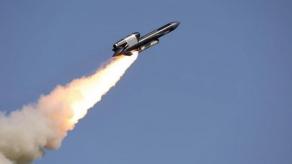On the night of February 1, 2025, russian forces launched a large-scale airstrike on Ukraine, deploying a combination of ballistic and cruise missiles, as well as the Shahed-type drones and other decoys. The attack targeted critical infrastructure and civilian areas across multiple regions.
According to the Ukrainian Air Force, a total of 165 enemy aerial targets were detected, including:
Read more: Ukrainian Forces Destroy Kh-59 Missile During Nighttime russian Attack on Odesa Region (Video)
- 7 Iskander-M/KN-23 ballistic missiles launched from temporarily occupied Crimea and russia’s Voronezh region;
- 27 cruise missiles launched from strategic bombers, naval vessels, and ground-based platforms, including the Iskander-K, Kh-22/32, Kalibr, Kh-101/Kh-55SM, and Kh-59/Kh-69 missiles;
- 123 Shahed-type UAVs launched from various locations in russia and temporarily occupied Crimea.
Ukraine’s air defenses, including air defense missile systems, electronic warfare units, and mobile fire groups, engaged the enemy airstrike. As a result, 56 Shahed drones were shot down, while another 61 failed to reach their targets due to electronic countermeasures. Some cruise missiles were intercepted, though details on successful interceptions remain classified.
I have no words for this morning’s horror.On Saturday morning, Russia launches missile at residential building in Poltava. In Kharkiv, Shahed attack kills one and injures five.Terrorism, day after day. pic.twitter.com/PWPkpMLlLd— Maria Avdeeva (@maria_avdv) February 1, 2025
Despite Ukraine’s defensive efforts, several missiles struck civilian and critical infrastructure, causing damage in Poltava, Odesa, Zaporizhzhia, Sumy, Kharkiv, Khmelnytskyi, and Kyiv regions. Notably, the Kh-22 missile hit a residential building in Poltava, while a ballistic missile struck Odesa’s historic center, underscoring russia’s ongoing campaign of terror against civilians.
The full extent of the damage and casualties is still being assessed. This latest attack highlights the persistent threat posed by russian missile and drone strikes and the critical need for continued air defense support for Ukraine.
Read more: Long-Range Kamikaze Drones of Ukraine's Defense Forces Attack Aviation Plant in Kazan, Producing Tu-160 and Tu-22M3 Strategic Bombers




